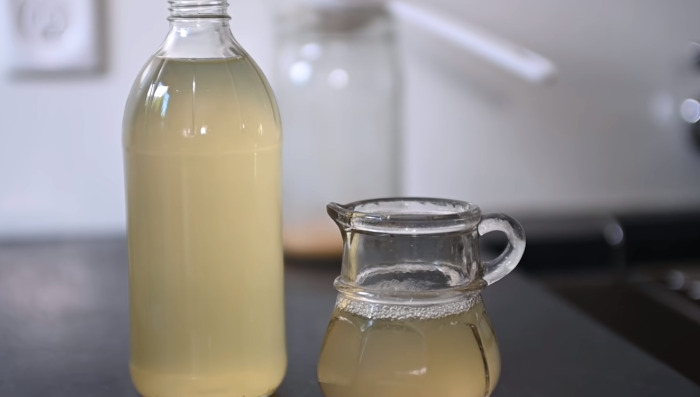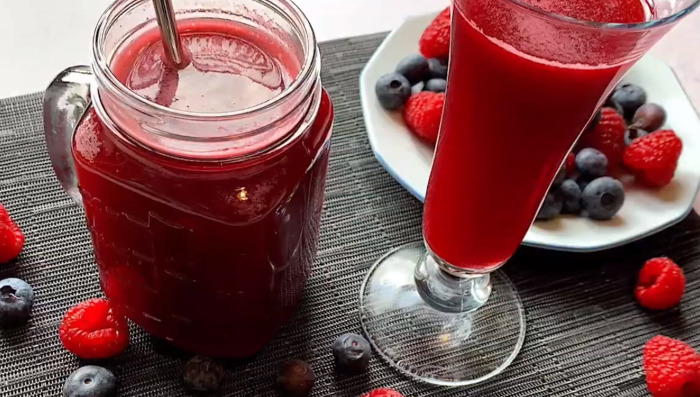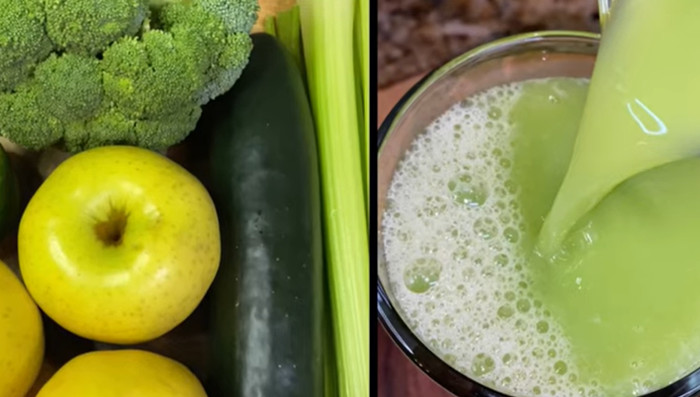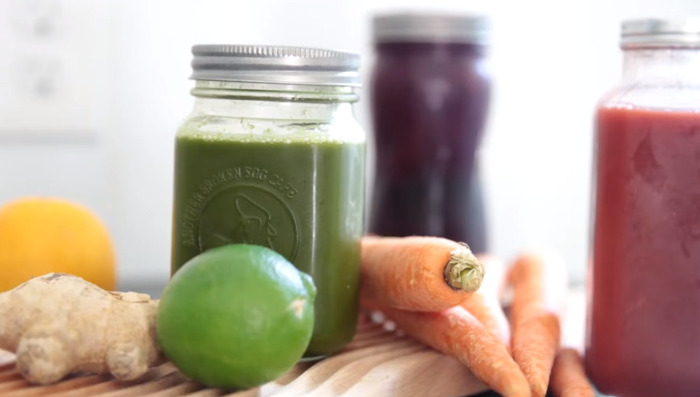Welcome to the world of homemade apple cider, where the crispness of autumn meets the warmth of your kitchen. If you’ve ever wondered about the secrets behind crafting the perfect batch of apple cider, you’re in the right place. In this article, we’ll explore the art of making apple cider from scratch, embracing the wholesome goodness of apples and the aromatic spices that make it a delightful fall tradition.
As we dive into this flavorful journey, we’ll uncover the magic behind each ingredient, from the selection of apples to the infusion of spices, and the transformation that takes place during simmering. Along the way, we’ll discuss the potential health benefits of apple cider, adding an extra layer of goodness to your favorite seasonal drink.
Get ready to embark on a cider-making adventure that not only fills your home with the sweet scent of apples and spices but also warms your heart and soul. Let’s explore the steps, tips, and techniques that will elevate your homemade apple cider to a new level of deliciousness.
How to make apple cider at home?
Ingredients:
Here’s what you’ll need:

- Apples: The heart of your apple cider vinegar, you’ll want about 6-10 apples. Go for a mix of sweet and tart varieties like Gala, Fuji, or Granny Smith.
- Sugar: 1 cup of granulated sugar.
- Water: 4-6 cups of water.
- Yeast: A packet of active dry yeast (approximately 2 1/4 teaspoons).
- Optional Flavorings: You can add a cinnamon stick or a few cloves for extra depth of flavor.
Equipment:
Creating homemade apple cider vinegar doesn’t require fancy equipment. You likely already have most of these items in your kitchen. Here’s what you’ll need:
- Large Glass or Ceramic Container: A one-gallon glass jar or ceramic crock works perfectly. Avoid metal containers as they can react with the vinegar.
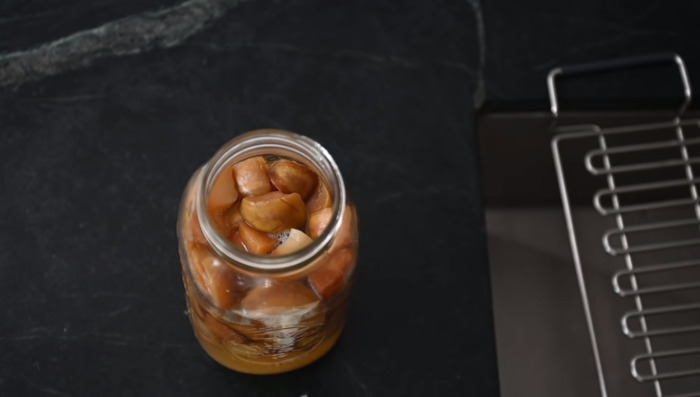
- Cheesecloth or Paper Towels: You’ll need something to cover the container to allow airflow while keeping out debris and insects. Secure it with a rubber band or string.
- Wooden Spoon: For stirring and breaking up the fruit solids.
- Plastic Wrap or a Lid: While not necessary, it can help keep your mixture covered and prevent evaporation.
- Dark Place: Find a cool, dark spot to store your container during fermentation. A cupboard or pantry works well.
Instructions:
Creating your apple cider vinegar is a simple and rewarding process. Follow these steps:
1.Prepare Your Ingredients: Gather 6-8 ripe apples, preferably organic. Wash the apples thoroughly. Cut them into small pieces, including the cores and peels.Place the apple pieces in your large glass or ceramic container.
2.Add Sugar: Sprinkle 1 cup of sugar over the apple pieces. The sugar is essential to kickstart the fermentation process.
3.Boil Water:Heat water to a boil, enough to cover the apples in the container.
4.Pour Hot Water Over Apples:Carefully pour the hot water over the apples and sugar.Leave about an inch of space at the top of the container.
5.Cover and Stir: Cover the container with the cheesecloth or paper towels.Secure it with a rubber band or string. Stir the mixture with a wooden spoon to dissolve the sugar.
6.Fermentation Time:Place the container in a dark, cool place.Stir the mixture every day for about a week.You’ll notice bubbles forming as fermentation begins.
7.Strain and Continue Fermenting:After a week, strain out the apple solids using a fine-mesh strainer or cheesecloth.Return the liquid to the container.
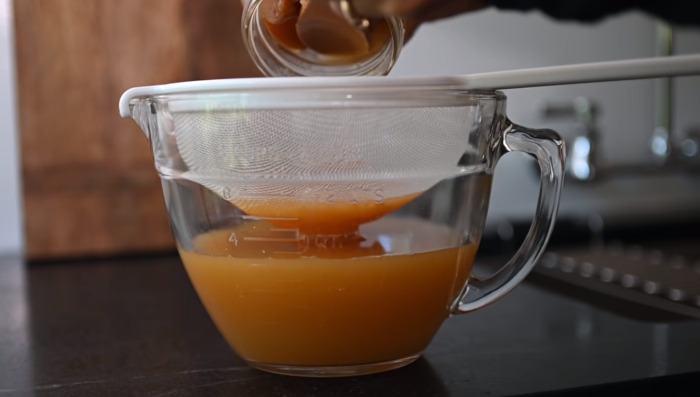
8.Additional Fermentation: Cover and continue to ferment for 3-4 weeks. Taste test along the way until you achieve your desired acidity.
9.Bottle and Store: Once satisfied, transfer the vinegar to airtight bottles or jars. Store it in a cool, dark place.It will continue to mature over time.
10.Enjoy Your Homemade Apple Cider Vinegar:Use it in your favorite recipes, dressings, or as a health tonic.
Health benefits of apple cider recipe:
Discover the incredible health advantages that apple cider vinegar (ACV) can offer:
- Acetic Acid: ACV’s primary active compound, acetic acid, provides a strong, unique flavor and contributes to its health benefits.
- Antimicrobial Effects: Acetic acid in vinegar can help kill pathogens and has a history of use in cleaning, disinfecting, and preserving food.
- Blood Sugar Regulation: Research suggests that ACV may improve insulin sensitivity, lower blood sugar responses after meals, and benefit glycemic status in individuals with diabetes.

- Weight Management: Some studies indicate that ACV may increase feelings of fullness and help reduce calorie intake, potentially contributing to weight loss.
- Heart Health: While animal studies show potential for reducing blood triglycerides and cholesterol, more human research is needed to confirm its effect on heart disease risk.
- Skin Health: ACV’s natural acidity may help improve the skin’s protective barrier and prevent skin infections, although more studies are required to verify its effectiveness.
How to store Apple Cider Vinegar ?
Here’s how to ensure your apple cider vinegar (ACV) stays fresh and potent:
- Seal the Bottle: Always tightly seal the ACV bottle after use to prevent air from entering and affecting its quality.
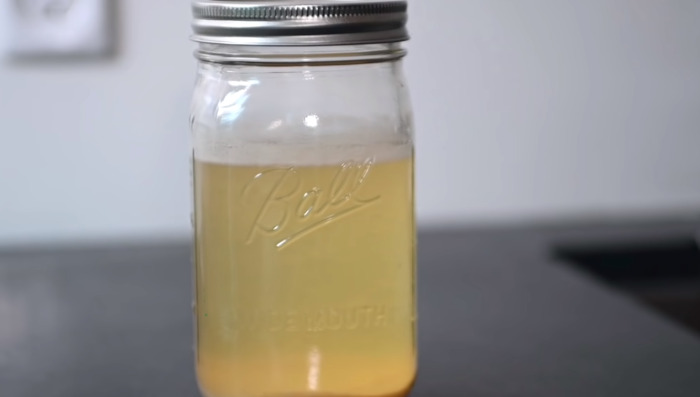
- Store in a Cool Place: Keep your ACV in a cool, dark place, away from direct sunlight and temperature fluctuations.
- Use Glass Containers: Prefer glass containers over plastic to prevent any potential chemical interactions.
- Avoid Refrigeration: There’s no need to refrigerate ACV. It has a long shelf life when stored correctly.
- Check for Sediment: Over time, some sediment may settle at the bottom of the bottle. This is natural and doesn’t affect the quality. Just shake before use.
- Inspect for Spoilage: While ACV rarely spoils, check for any unusual changes in color, odor, or taste. If it smells or tastes off, it’s best to replace it.
- Keep Away from Heat: Avoid storing ACV near heat sources like stoves or ovens.
- Use within a Year: Although ACV doesn’t go bad, its flavor and potency may diminish over time. For the best results, use it within a year of opening.
Tips and variations:
Here are some handy tips and creative variations to elevate your homemade apple cider vinegar (ACV) experience:
Tips:
- Fruit Selection: Experiment with different apple varieties for unique flavors. Granny Smith apples offer a tart note, while Fuji apples add sweetness.
- Sweeteners: Adjust the sweetener type and quantity according to your taste. Honey, brown sugar, or maple syrup can replace white sugar.
- Spices: Customize your spice blend. Add a pinch of cloves, allspice, or cardamom for extra depth.
- Fermentation Time: Extend the fermentation period for a stronger flavor. Just be patient, as it might take a few extra weeks.
- Peel On or Off: Decide whether to leave the apple peels on or peel them for a smoother texture.
Variations:
- Fruit Infusions: Get creative by adding other fruits like pears, peaches, or berries for a delightful twist.
- Herbal Infusions: Enhance the flavor with fresh herbs like rosemary, thyme, or basil.
- Citrus Zest: Add a burst of citrus by including lemon or lime zest during fermentation.
- Cinnamon Sticks: For a warm and cozy aroma, throw in a cinnamon stick or two.
- Chili Pepper: Add a touch of heat by tossing in a dried chili pepper.
- Vanilla Extract: A splash of vanilla extract can impart a subtle sweetness.
- Sparkling ACV: Mix your finished ACV with sparkling water for a refreshing drink.
The Bottom List:
In conclusion, crafting your own apple cider vinegar at home can be a rewarding and flavorful experience. Starting with fresh apples and a few simple ingredients, you can embark on a journey to create a versatile ingredient that enhances your culinary creations and promotes health.
By following the steps outlined in this guide and experimenting with various fruit selections, sweeteners, and spices, you have the flexibility to tailor your homemade apple cider vinegar to your taste preferences. Whether you prefer a tangy, robust blend or a sweeter, milder version, the possibilities are endless.
Furthermore, homemade apple cider vinegar offers a range of potential health benefits, including aiding in weight management and supporting blood sugar control. It can also serve as a natural and eco-friendly household cleaner.So, why not take a step towards self-sufficiency and culinary creativity? Try your hand at crafting homemade apple cider vinegar and discover the delightful flavors and benefits it brings to your kitchen and beyond.
FAQs:
What is the difference between apple juice and apple cider?
Apple juice and apple cider are often used interchangeably, but there are some key differences. Apple juice is typically filtered and pasteurized, giving it a clear appearance and a longer shelf life. It’s often sweeter due to the removal of solids.
On the other hand, apple cider is usually unfiltered and unpasteurized, retaining more of the apple’s natural flavors and nutrients. It has a cloudy appearance and a fresher, tart taste. Apple cider is also often associated with being a seasonal beverage, especially in the fall.In summary, while both apple juice and apple cider come from apples, the processing methods and flavors distinguish them.
Why is apple cider good for weight loss?
Apple cider can be beneficial for weight loss due to several reasons. It contains acetic acid, which may help with appetite control and reduce the storage of fat. Additionally, apple cider vinegar can stabilize blood sugar levels, which can prevent overeating and cravings. It’s also known to boost metabolism and promote fat burning. However, it’s important to remember that apple cider vinegar alone won’t lead to significant weight loss; it should be part of a balanced diet and exercise routine for the best results. Always consult with a healthcare professional before making major dietary changes.
How long does apple cider last?
Apple cider, when stored properly, can last for an extended period. Typically, unopened store-bought apple cider can last for about seven to ten days in the refrigerator. On the other hand, homemade apple cider vinegar, if stored in a cool, dark place, can remain good for up to six months or even longer. To maximize its shelf life, ensure the container is sealed tightly. If you notice any changes in smell, taste, or appearance, it’s best to discard it. Proper storage is key to enjoying the freshness of apple cider for an extended duration.
Related Read: Kale Tonic With Apple Cider Vinegar Recipe And Benefits!

